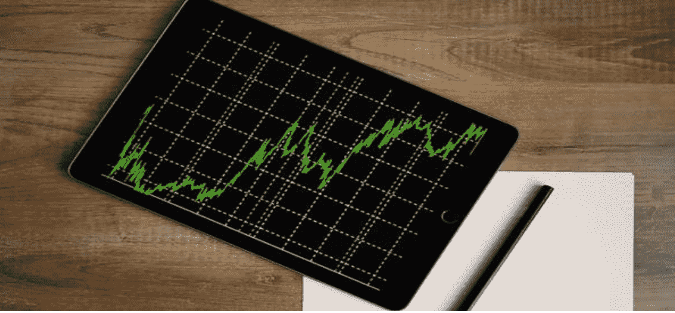According to recent reports, the U.S. Dollar Index is experiencing a surge. This is following the release of unexpectedly high inflation figures, which signaled price pressures. The market is currently experiencing currency volatility due to the spike. Traders now await potential Federal Reserve actions to address rising inflation, which could cause a further increase in interest rates.

The U.S. Dollar Index (DXY) is a key indicator used to measure the value of USD relative to a basket of foreign currencies. There are six major currencies in this basket: the Euro (€), Japanese Yen (¥), British Pound (£), Canadian Dollar (C$), Swedish Krona (kr), and Swiss Franc (fr.). The Euro covers the basket's largest share, weighing 57.6%.
The DXY was established by the U.S. Federal Reserve in 1973. It is maintained by the Intercontinental Exchange (ICE) and calculated in real time. Traders, investors, and policymakers use the index to gauge the dollar’s health when making forex trading decisions. A rising index means a strengthening dollar, while a falling index signifies weakness.
Aside from inflation rates, the DXY's movement is influenced by other factors. This includes interest rates, geopolitical events, and global trade flows. As the United States economy faces inflation, the DXY is expected to climb as expert analysts predict higher interest rates from Jerome Powell's office.
With inflation on the rise, traders are closely monitoring the index. This ensures they make informed decisions about trading the U.S. dollar once the market opens. If the DXY keeps gaining ground, it could lead to an economic imbalance. Exports become expensive for countries trading with the United States.
Many analysts consider inflation the Achilles’ heel of currency markets. A sign of inflation mostly throws the forex market into a frenzy. Central banks adopt monetary policies to prevent the economy from nose-diving. Decisions made during this period affect the buying and selling of currencies.
The DXY has, over time, thrived during inflation. The Federal Reserve’s response to inflation usually involves tightening monetary policy through interest rate hikes. As interest rates increase, the dollar becomes more robust. Savvy traders and investors know that there is nothing more attractive than trading a stronger dollar.

In a scenario where anticipated inflation tends to be lower than expected, the market dips heavily. The U.S. dollar begins trading at a loss to the six major currencies in the basket. The Federal Reserve might maintain or lower interest rates to slow down the rate at which the index falls.
Ultimately, inflation reports are powerful drivers. Currency markets are highly volatile around inflation reports, which directly affect expectations about future monetary policies and shape the direction of exchange rates.
The Intercontinental Exchange (ICE) provides real-time updates on the DXY. Before entering the market, traders actively monitor the index and inflation rates. Once unexpected inflation figures are updated, these traders swiftly react by adjusting their trading positions.
The U.S. dollar is the yardstick on the forex market, paired with several currencies. Most forex traders convert their funds to dollars in response to inflation surprises. This is a haven, as they bet on the dollar’s strength relative to other currencies.
Inflation affects the stock, commodity, and currency markets. The primary effect of inflation in the stock market is volatility, as each sector experiences its effects differently. For instance, tech stocks may suffer as higher interest rates could reduce future growth prospects. In the commodity market, an asset such as gold might witness sell-offs as traders shift to the dollar as a safe-haven asset.
Recent inflation data shows a sharp increase, which has surpassed the expectations of several analysts. The data released reflects a slight deviation from the historical trend of stable price levels. In previous years, central banks have adjusted their policies to keep a lid on inflation’s growth rate. However, recent global economic disruptions have pushed inflation higher.

The global economy has historically witnessed high inflation during economic crises or recovery phases. Notable examples include the 1970s oil crisis and the 2008 financial collapse. On both occasions, central banks had to be aggressive in policymaking to control the effect of higher inflation levels.
In comparison, today's inflationary pressures are more global. Pandemic-related disruptions, geopolitical tensions, and higher demand post-lockdown fuel the increase. Current data suggests Inflation persists and spreads, reflecting structural economic shifts. Analysts want to avoid jumping the gun and are waiting on how central banks will react before making predictions.
The strength of the U.S. dollar heavily depends on the Federal Reserve's policies. The Fed primarily uses the federal funds rate to influence inflation. In response to the rapidly rising inflation rate, Jerome Powell is expected to announce a further increase in interest rates. This will help strengthen the dollar. The Fed's commitment to its 2% inflation target suggests future adjustments. That way, the dollar’s strength will depend on the Fed’s ability to balance price stability and growth.